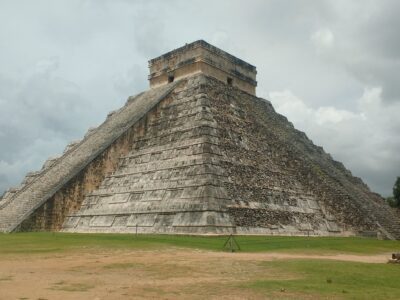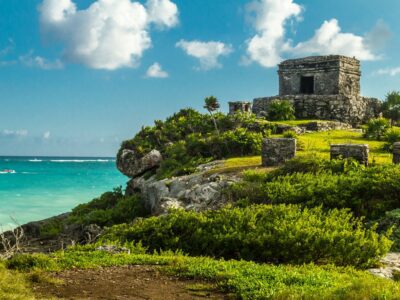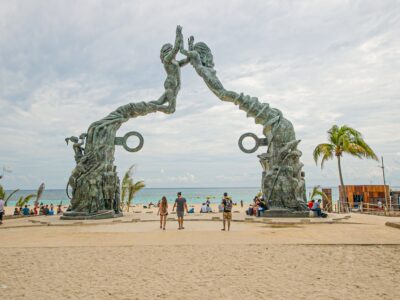By mutual agreement with merchants and street vendors in the Historic Center of Mérida, the City Council managed to free four streets that connect the main square with the municipal markets and the City Museum from vendors and semi-fixed stalls.
The liberated streets form a new “corridor” that passes through the Emilio Seijo Passage, the area known historically as the Second New Street, the Eulogio Rosado Park, and from there to a large pedestrian area that borders the Portales, the Correos de Mexico and access to the Lucas de Gálvez market.
The political and logistical work to achieve this took almost 100 days, as it was done hand in hand with those who occupied those streets and the business owners, many of whom had also occupied part of those streets with stalls and merchandise display equipment. As stated by the deputy director of Public Roads Markets of the Municipality, Alfonso Lozano Poveda, these are iconic streets.
“From the beginning of the administration, we knew that the issue of street traffic in the Historic Center was complex and that other policies and programs have been applied in the past, but we are determined to move forward with real work to reorganize public roads. In Mérida,” he noted.
“It was established to create a “kind” of corridor free of street stalls that connects the Main Plaza with the market area of Mérida and in this way also connects with the new Tourist and Gastronomic Corridor that in turn connects with the Greater La Plancha Park,” he added.
During a tour along these roads, it was possible to see that they look different, and except for some, the presence of some vendors known as “Palanganeras”, who are women, most of them older adults, and of Mayan origin, who have been settling in for decades around the markets.
Lozano Poveda explained that it was decided that some “Palanganeras” remain on the liberated streets since they are part of the cultural identity.
Those who were removed outright were those who were found to have more than five stalls on the same street since it is evident that these people are abusing public space. They were only allowed to continue selling in other spaces to those who already had a permit from the municipality.
He indicated that between 300 and 400 street vendors operate in the Historic Center, but there are another 950 in the rest of the city and its periphery, while nearly two thousand people are already registered in the flea markets.
TYT Newsroom
The post Street vendors removed from these four iconic streets of Downtown Merida first appeared on The Yucatan Times.














